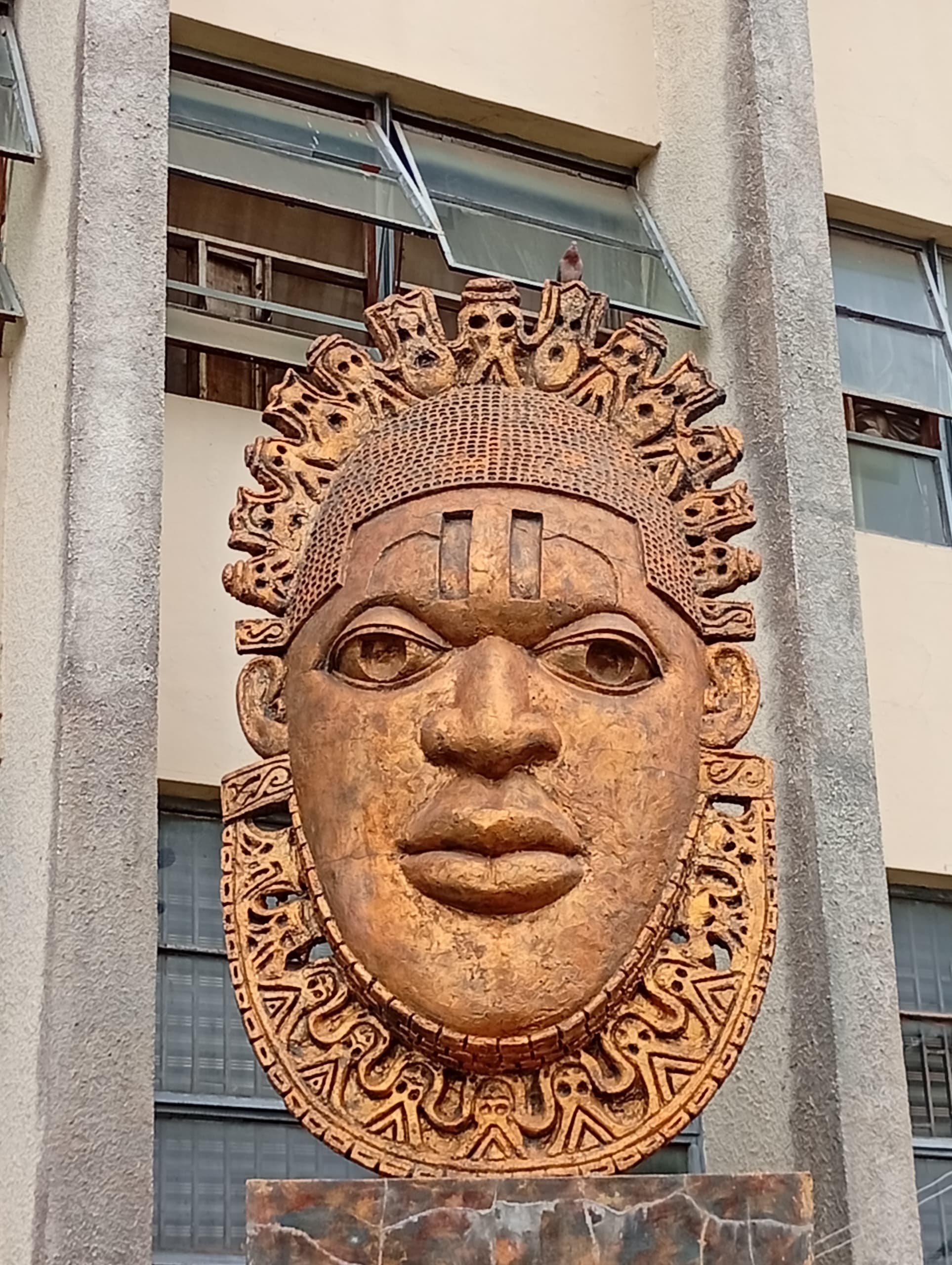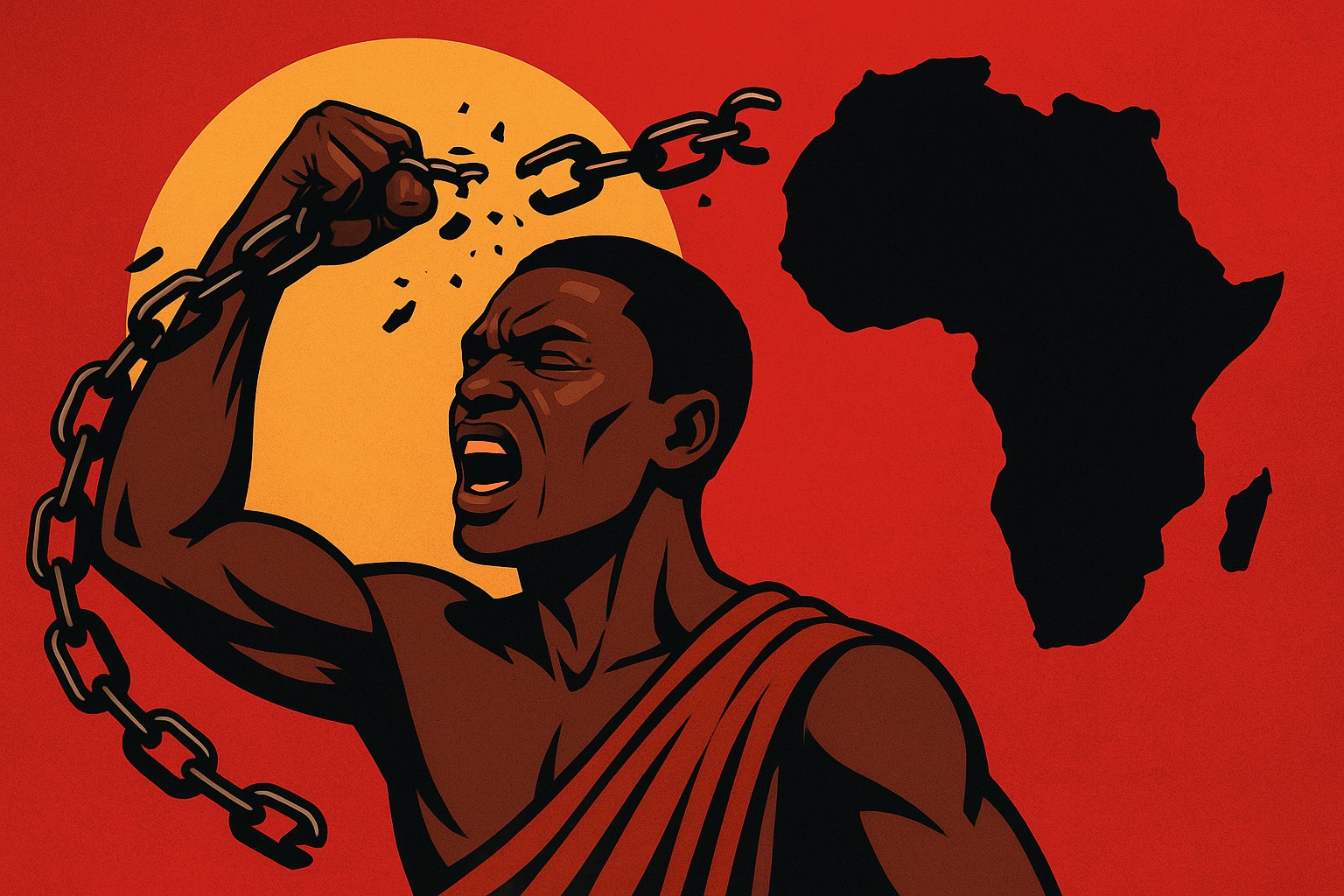The Legacy of Queen Idia: Warrior, Mother, and Defender of the Benin Kingdom

The Legacy of Queen Idia: Warrior, Mother, and Defender of the Benin Kingdom
Meta Description: Discover the legacy of Queen Idia, the fearless warrior, devoted mother, and powerful defender of the Benin Kingdom, whose strength and wisdom shaped an era.
Queen Idia stands as one of the most powerful female figures in African history, a symbol of courage, strategy, spiritual authority, and maternal strength. Her legacy continues to inspire generations across Nigeria and beyond. As the first Queen Mother (Iyoba) of the Benin Kingdom, Queen Idia played a transformative role in reshaping the political and spiritual landscape of her era.
In this post, we explore her life, from her early years to her political involvement, her crucial role in war, her spiritual influence, and the legacy she left behind in both physical monuments and cultural memory.
Early Life and Rise to Royalty
Queen Idia was born in the 15th century during the reign of Oba Ozolua, the then-ruler of the ancient Benin Kingdom. Not much is recorded about her family background, but oral traditions say she hailed from a noble lineage within the Edo-speaking community.
She later became one of the wives of Oba Ozolua and gave birth to a son, Prince Esigie. As a mother, Idia played a deeply protective role, so much so that her actions would eventually change the political structure of the Benin monarchy forever.
During her son’s early years, the kingdom faced deep internal divisions. Following the death of Oba Ozolua, a bitter succession crisis erupted between Esigie and his brother Arhuaran, who was based in Udo, a powerful region within the kingdom.
In the midst of this struggle, Idia did not merely play the role of a grieving queen or passive bystander. She became her son’s strategist, advisor, spiritual support, and even military commander, ushering in a new era for women in Benin politics.
The Succession Crisis and Esigie’s Ascent
The civil war between Esigie and Arhuaran was more than just a family dispute; it threatened to tear the Benin Kingdom apart. Arhuaran, supported by powerful war chiefs and noble families, had declared himself ruler of Udo, challenging Esigie’s claim to the throne.
Idia saw in her son not just a rightful heir, but a visionary who could restore unity and elevate the kingdom's standing. She rallied loyal chiefs and warriors and is said to have personally financed and spiritually fortified Esigie’s campaign.
Crucially, she consulted diviners, performed powerful rituals, and even led troops to battle in disguise, all to secure Esigie’s victory. Her involvement was so impactful that many believed Esigie would have lost the war if not for his mother’s unwavering support.
Eventually, Prince Esigie defeated his brother Arhuaran and was crowned Oba of Benin. His reign marked a new chapter in the kingdom’s history, and his mother, Queen Idia, was the force behind that success.
The Birth of the Title: Iyoba (Queen Mother)
Following Esigie’s victory and ascension to the throne, he did something unprecedented in Benin's history: he created the official title of Iyoba, or Queen Mother, and bestowed it upon his mother, Idia.
This was revolutionary.
Before Idia, royal mothers in Benin were not given formal political roles. In fact, there had been a cultural belief that the mother of the king posed a spiritual threat to his reign, so royal mothers were often distanced from palace affairs.
But Esigie broke with that tradition, recognizing that his mother’s political insight, spiritual authority, and loyalty were assets to the throne, not threats.
He not only granted her the title Iyoba but also gave her her own palace at Uselu, effectively establishing the Iyoba's court as a parallel institution of influence in Benin. From that moment on, the position of Queen Mother became an important fixture in the kingdom’s governance and ceremonial life.
Queen Idia’s Role in the Idah War
One of the most defining military episodes during the reign of Oba Esigie, and by extension, Queen Idia, was the war against the Kingdom of Idah, located in present-day Kogi State. This conflict was not just a territorial squabble; it was a major test of the Benin Kingdom’s dominance and unity in the 16th century.
The Kingdom of Idah was a rising power in the Middle Belt region, and its ruler, the Attah of Idah, sought to challenge Benin’s control over trade routes and tributary states. Tensions escalated when envoys from Benin were reportedly killed, and the Attah laid claim to certain vassal territories traditionally loyal to Benin. This provocation was seen as both a diplomatic insult and a threat to regional stability.
Idia’s Role in Strategy and Military Preparation
While Oba Esigie served as the sovereign ruler, it was Queen Idia who became the strategic backbone of the war effort. As the Queen Mother, she was not merely a ceremonial figure. Instead, she functioned as a military strategist, spiritual guide, and logistical organizer.
She gathered intelligence through a network of informants and used her influence to rally the Benin war chiefs, many of whom were hesitant to fight in distant terrain. Oral tradition recounts that her tactical advice shaped the deployment of troops and helped avoid ambushes.
More importantly, Idia personally sponsored a significant portion of the war, financing supplies, feeding warriors, and ensuring that the soldiers were properly fortified both physically and spiritually.
Spiritual Power and Mysticism
One of the most fascinating aspects of Queen Idia’s life was her reputation as a spiritual powerhouse. She was believed to possess mystical abilities, a reason many chiefs feared her and why she played such a dominant role in palace politics.
Legends say she used powerful charms, medicines, and incantations to protect her son, defeat enemies, and even communicate with spiritual forces. Some even claimed that she could appear and disappear at will, shielding warriors with spiritual protection on the battlefield.
Her role in the Esigie-Arhuaran war, the Idah war, and her constant spiritual sacrifices cemented her as a mystic matriarch. Today, she is remembered not just for her leadership but for her spiritual aura.
Cultural Legacy: The Famous Ivory Mask
Perhaps the most iconic symbol of Queen Idia’s legacy is the famous Ivory Mask of Idia, a delicate and intricately carved pendant mask worn by Oba Esigie. The mask, made from ivory and inlaid with iron and copper, was created in her likeness.
It features:
- A serene face with high cheekbones and strong eyes.
- Marks of distinction on the forehead.
- Carvings of Portuguese soldiers (symbolizing foreign diplomacy) and mudfish (symbolizing spiritual powers) on the crown.
This mask became a royal emblem and was used in ancestral rituals. In modern times, it was used as the official logo of FESTAC '77, the Second World Black and African Festival of Arts and Culture, making Queen Idia a global symbol of African heritage.
Today, several replicas of this mask exist in museums around the world, including the British Museum. Many of these pieces were looted during the colonial invasion of Benin in 1897.
Queen Idia’s Influence on Gender Roles
Queen Idia’s legacy is also seen in how she redefined gender roles in traditional African society. Her rise to power, military leadership, and spiritual dominance disrupted the male-dominated power structure of the time.
She proved that leadership was not the sole preserve of men and paved the way for future women to hold important positions in Benin and other African kingdoms.
After her death, the role of Iyoba continued in Benin, and future queens played advisory and ceremonial roles in court, a direct consequence of Idia’s legacy.
Modern Recognition and Artistic Legacy
Queen Idia’s story has inspired writers, musicians, and artists across generations. She is featured in books, plays, poems, and visual art. Nigerian artists have used her image as a representation of feminine strength and national pride.
Several sculptures and paintings across Nigeria, especially in Edo and Lagos, feature her likeness. Her story is often taught in Nigerian schools, and she is celebrated during Edo cultural festivals.
Modern African feminists also reference Queen Idia as a precolonial example of female agency and leadership, long before the rise of Western feminism.
Colonialism, Memory, and the Looting of Idia’s Symbols
During the British Punitive Expedition of 1897, colonial forces raided the Benin Kingdom and looted countless artifacts, including many connected to Queen Idia.
Ivory carvings, bronze plaques, ancestral shrines, and sacred regalia were taken from the royal palace and distributed across European museums and private collections. The famed ivory mask of Idia was one such item, now displayed in the British Museum.
This act of cultural theft has led to long-standing calls for the repatriation of African artifacts. Queen Idia’s mask has become a symbol of this struggle, a beautiful yet painful reminder of how African histories were disrupted by colonial violence.
Queen Idia’s story is not just a tale of a mother who loved her son. It’s the story of a woman who redefined what it meant to be powerful, loyal, and strategic in a patriarchal world. Her contributions to politics, war, spirituality, and culture reshaped the Benin Kingdom and elevated the status of women in royal circles.
She reminds us that African women have always been at the forefront of history, as warriors, rulers, thinkers, and builders of nations.
Her story matters today more than ever. In a world still struggling with gender inequality, cultural erasure, and historical amnesia, Queen Idia’s life is a call to remember, to reclaim, and to rise.


